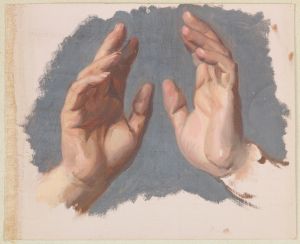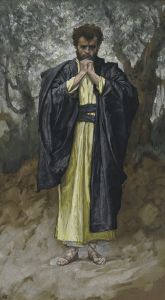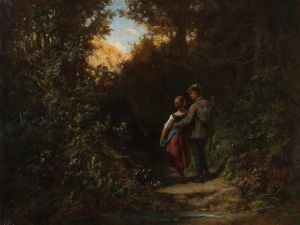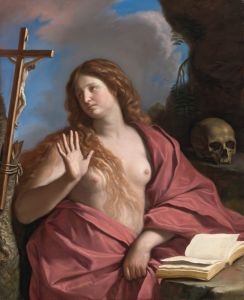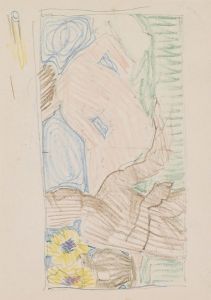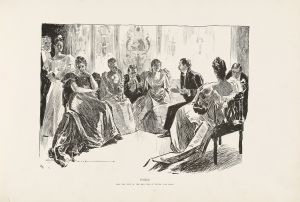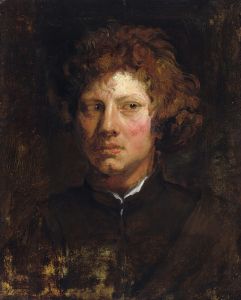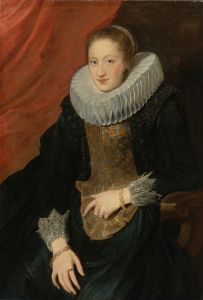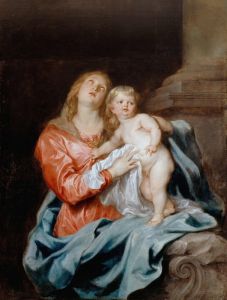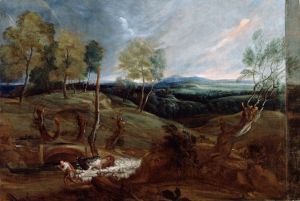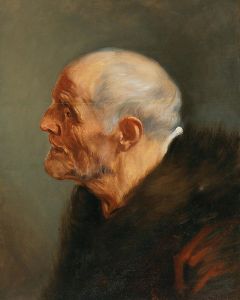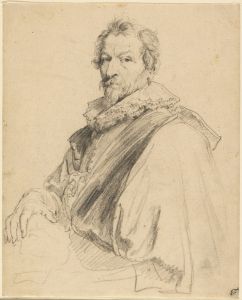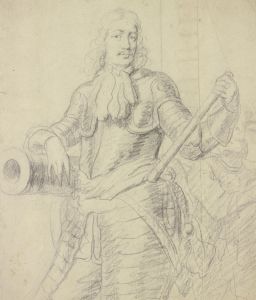
Portrait of a Man
A hand-painted replica of Anthony van Dyck’s masterpiece Portrait of a Man, meticulously crafted by professional artists to capture the true essence of the original. Each piece is created with museum-quality canvas and rare mineral pigments, carefully painted by experienced artists with delicate brushstrokes and rich, layered colors to perfectly recreate the texture of the original artwork. Unlike machine-printed reproductions, this hand-painted version brings the painting to life, infused with the artist’s emotions and skill in every stroke. Whether for personal collection or home decoration, it instantly elevates the artistic atmosphere of any space.
"Portrait of a Man" is an artwork created by the renowned Flemish Baroque artist Anthony van Dyck. Van Dyck, born in 1599 in Antwerp, was a prominent painter known for his portraits, religious, and mythological subjects. He was a leading court painter in England and a significant figure in the development of Baroque art.
The painting "Portrait of a Man" exemplifies van Dyck's skill in capturing the character and presence of his sitters. Although specific details about the identity of the man depicted in this portrait are not well-documented, the work is a testament to van Dyck's ability to convey the dignity and individuality of his subjects. This painting, like many of van Dyck's portraits, reflects the artist's influence by his teacher, Peter Paul Rubens, and his exposure to the Italian masters during his time in Italy.
Van Dyck's portraits are characterized by their elegance and the subtlety of expression, often capturing the sitter in a relaxed yet dignified pose. His use of color, light, and shadow adds depth and realism to his works, making them stand out in the Baroque period. The "Portrait of a Man" is no exception, showcasing van Dyck's mastery in rendering textures, such as the fabric of the clothing and the flesh tones of the sitter's face.
The painting is believed to have been created during van Dyck's mature period, a time when he was highly sought after by European nobility and royalty. His ability to flatter his subjects while maintaining a sense of realism made him a favorite among the elite. This particular portrait, while not as famous as some of his other works, still demonstrates the qualities that made van Dyck one of the most celebrated portraitists of his time.
Van Dyck's influence extended beyond his lifetime, impacting portrait painting in England and across Europe. His style set a standard for court portraiture, and his techniques were emulated by many artists who followed. The "Portrait of a Man" is a fine example of his contribution to the art of portraiture, showcasing his ability to blend realism with an idealized elegance.
Today, Anthony van Dyck's works are held in high esteem and can be found in major museums and collections around the world. His portraits continue to be studied for their artistic merit and historical significance, providing insight into the people and culture of the 17th century. The "Portrait of a Man" remains a valuable piece within van Dyck's oeuvre, illustrating the enduring appeal of his artistic vision and the timeless quality of his work.





